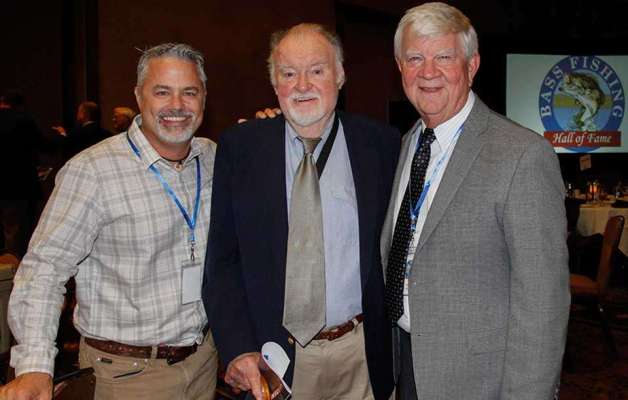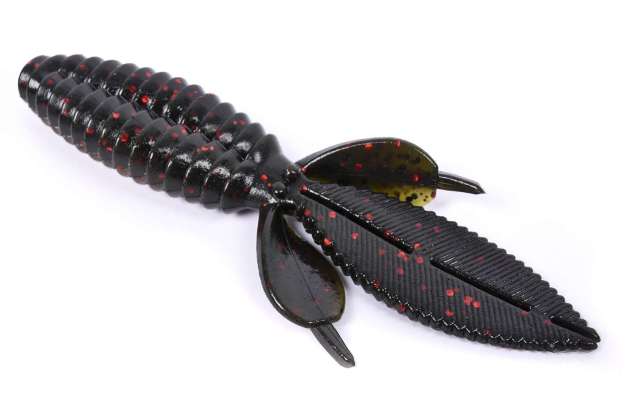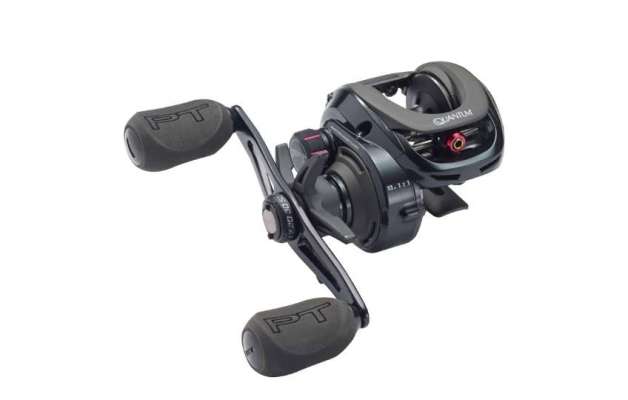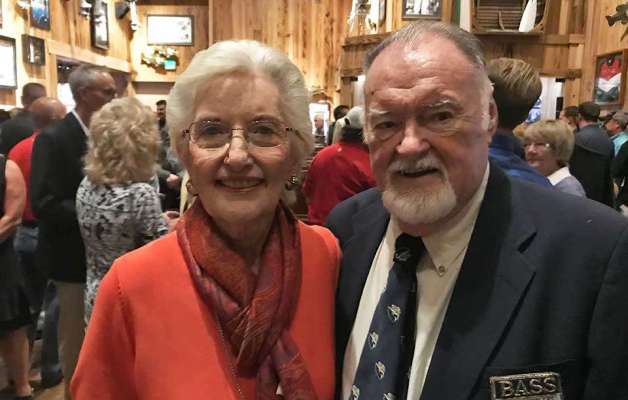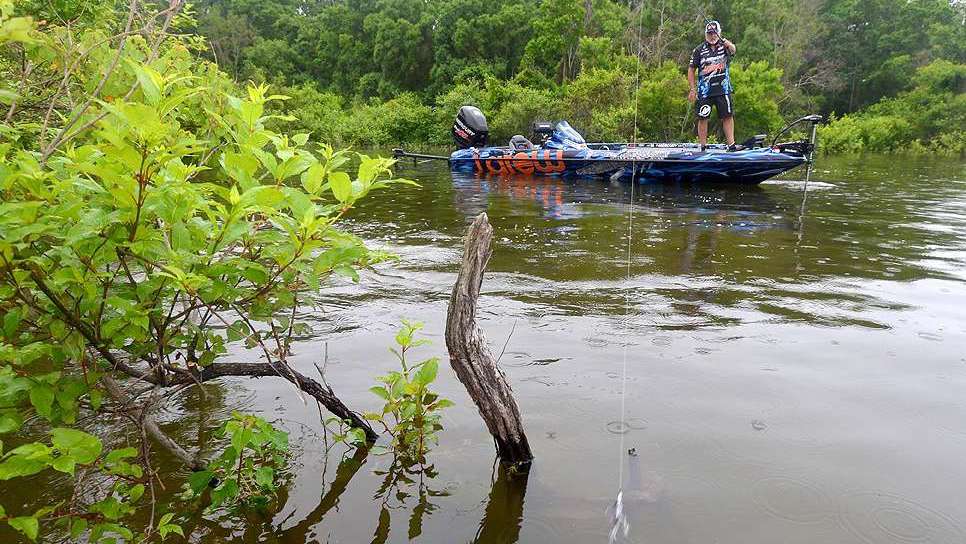
Editor’s note: 2018 marks the 50th anniversary of B.A.S.S. As part of our celebration we’re publishing stories, videos and photos about the history of the sport, including the one below.
Any bass angler who strives to compete at the highest level has no choice but to learn the pitching presentation. Today, the term flipping generally lumps pitching and flipping together. Pitching, an offshoot of flipping, allows for pinpoint accuracy and a soft lure entry that rivals the flip-cast but at greater distances.
Oklahoma angler Tommy Biffle deserves credit for refining and popularizing pitching. Soon after he got wind of the newfangled flipping method in the mid 1970s, he mail-ordered one of the original 7-foot, 6-inch, brown fiberglass Fenwick Flippin’ Sticks.
“It weighed a ton and was as stiff as a pool cue,” Biffle said.
He taught himself the flip-cast and was soon catching loads of tournament bass with the method. One day Biffle lifted his jig out of the water to make a flip and “just kind of swung it out there.” It was a eureka moment.
“It worked so much better than what I had been doing because I could stay farther back from the fish and the cover,” he said.
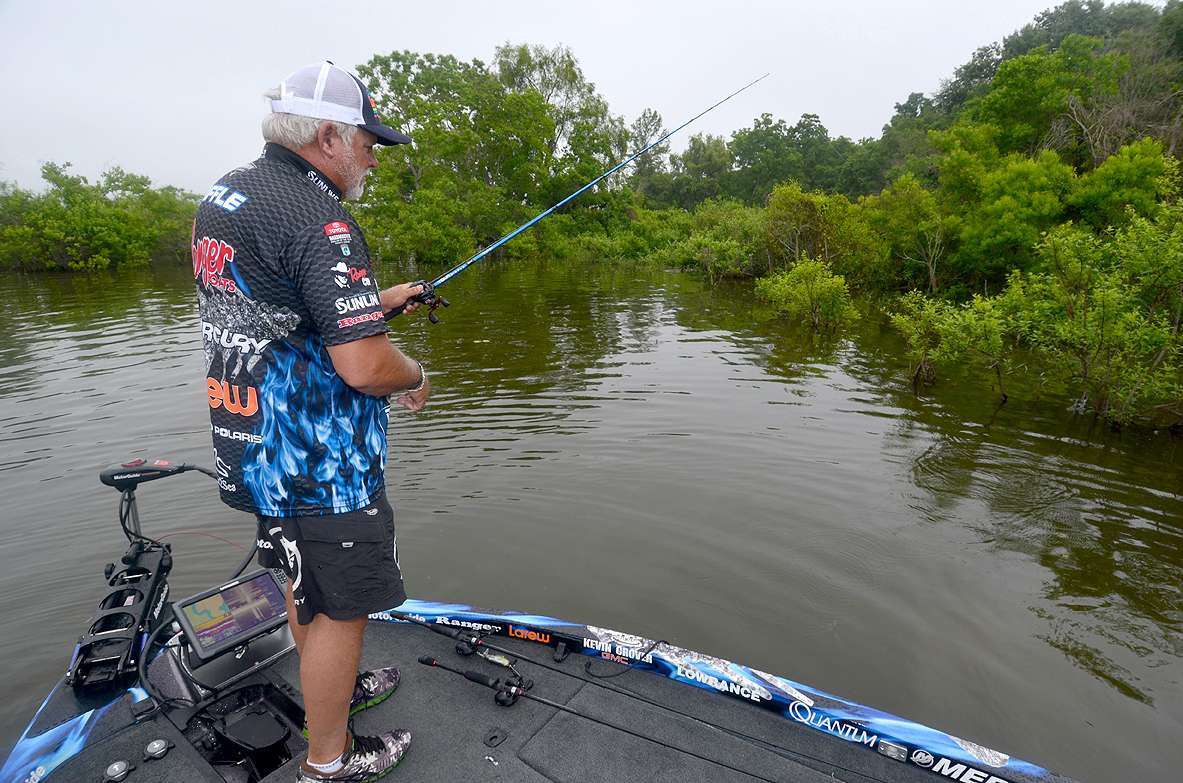
Though persistent trial-and-error, he tweaked his pitching to the point where he could gently drop a 5/8-ounce jig into a teacup size opening. And, he could easily reach targets more than 40 feet away. It gave him a considerable edge over anglers who were flipping.
Before he began fishing Bassmaster tournaments, Biffle competed in draw events that attracted some of the biggest names in bass fishing. In early 1985 Biffle was paired with Rick Clunn at a tournament on Lake of the Ozarks. Clunn had already won three of his four Bassmaster Classics.
“I was excited to no end,” he said. “I didn’t even flip a coin for the boat. I just went with him.”
Clunn spent most of the day flipping to buck bushes, a strategy that normally prevented backseaters from catching anything. Whenever Biffle was presented with a target that Clunn couldn’t reach flipping, he would pitch his jig in there. It often paid off with a bite and a good bass.
“After I caught several fish, Clunn just turned around and stared at me,” he said. “I thought I’d made him mad. He told me to just keep doing what I was doing. We both had a good day.”
Later that year Clunn won a Bassmaster Invitational on Lake Okeechobee by pitching his baits into grass. While giving fishing seminars the following winter, Clunn credited Biffle for teaching him how to pitch.
“I didn’t teach him anything,” he said. “He learned just by watching me.”
Since then Biffle has won more than $2 million fishing Bassmaster tournaments, including seven wins and 19 Bassmaster Classic appearances. He has accomplished “dang near all of it pitching.”
Biffle’s flipping/pitching rod measures 7 feet, 6 inches, and bears his name. He designed it for Quantum when Quantum was one of his sponsors. Quantum no longer sponsors Biffle, nor do they make his signature flipping rod.
“I’ve got three left,” he said. “They’re the stiffest flipping rods out there. Other flipping rods have too much tip action. I can’t pitch near as well with a rod like that.”
Biffle matches the rod with a light, high-speed baitcasting reel filled with 25- to 30-pound Sunline Shooter Fluorocarbon. A number of experiences have convinced Biffle that the zipping noise braided line makes when it rubs against grass and wood cover puts off the bass.
“We used to think you had to have a low gear reel to pull them out,” he said. “You pull them out with the rod, not the reel. You need a quick reel so you can get the bait back faster and make more pitches.”
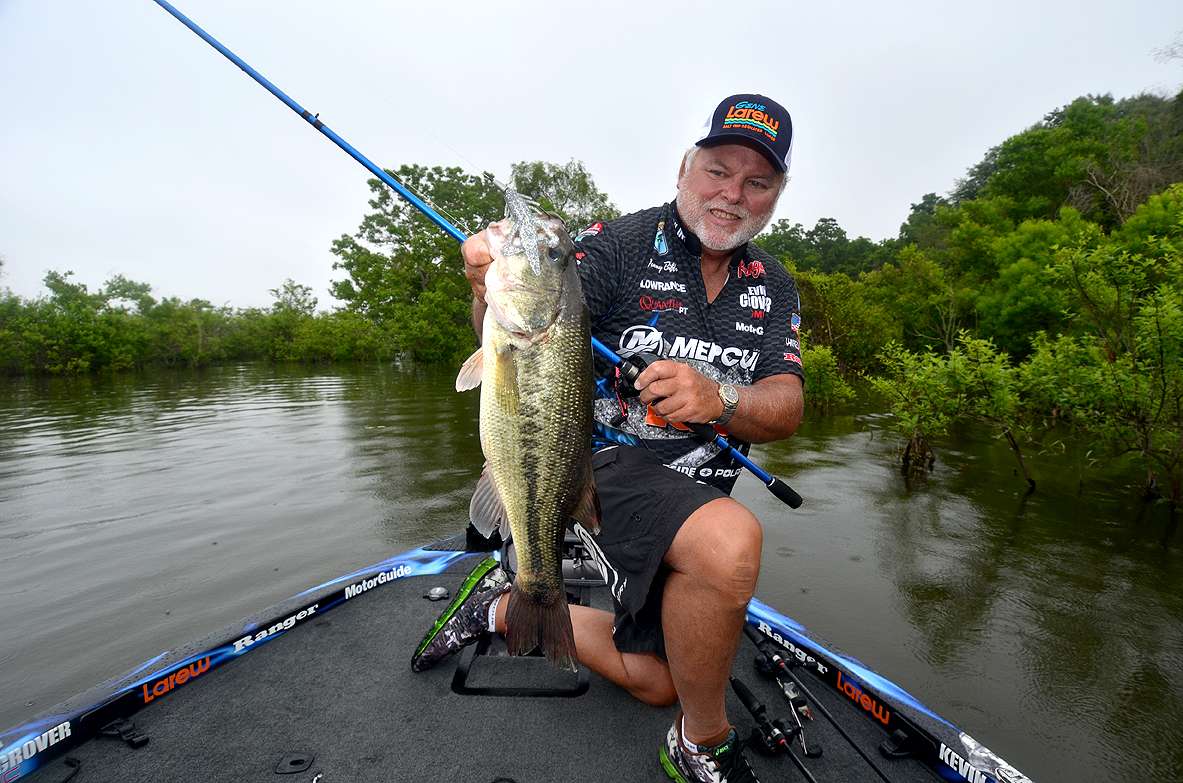
A lefty, he pitches with his left hand. However, he matches the rod with a right hand reel so he doesn’t have to switch hands after making a pitch.
Biffle’s pitch-cast is the fastest, most efficient and most effortless you will ever see. With a continuous motion, he reels in the bait, lifts it out of the water, swings it back and shoots it forward with a quick, compact arm movement. His elbow stays close to his side throughout the pitch.
Biffle does not touch the bait or extend his arm when he pitches. The exception is when he pitches to an especially distant target. He believes this is why he has never had the elbow or shoulder problems that plague many other pros.
“Everybody else extends their arm when they pitch,” he said. “I tell people to hold a newspaper under their arm when they practice pitching.”
The signature Junkyard Jig that he designed for River2Sea is now his go-to pitching jig. Among other things, the jig features a pointed nose that slithers through grass and other cover, a flat bottom that makes the jig stand up on the bottom and a double-barreled rattle. He often dresses the hook with a Larew craw.
He also pitches a Texas rigged Larew Biffle Bug. He matches it with whatever size tungsten sinker is needed to penetrate the cover he is fishing.
Pitching has not totally replaced flipping for Biffle. When dingy water allows him to work close to an abundance of cover, he opts for flipping. In this instance flipping allows for faster presentations to multiple targets, the softest and most accurate bait placement, plus the highest odds for landing the bass you hook.
“To this day, I do either one,” he said. “I pitch 97 percent of the time, but if I come across something that needs to be flipped, I flip it.”


